Wasn’t going to write this blog but I’m troubled by what I am seeing out there. It used to be that a rod builder was an artist and would read all he could before starting the process of wrapping rods. In those books besides instructions on how to wrap guides, you also got information on blanks and how to set up guide layout and why. Although those books are outdated, they gave anyone who read them a solid foundation into roadbuilding. Today anyone can go to youtube and become a pro. Now don’t get me wrong, I see some pretty looking rods out there. The troubling part is there are many “assemblers” out there. These folks do not have the mechanics and working knowledge or nuances of different blanks, and Lord knows there are a ton of those blanks around. I see guys paying top dollar for rods in both the “L” and “M” powers with the same guide layout. This is disturbing because both those blanks react differently under load and should be laid out differently at least in the tip section.
Twice this week, I come to find out two people I know paid top dollar and then some for rods and may have gotten “a factory” layout on them. Are you kidding me ???????? At least the rods had fancy wraps on them so that should help.
Factory layouts are used on rods where multiple reels running all sizes might be used. This is usually a compromise and does not show the fullest potential of a blank. What I have seen in the past is a rod builder contacts the manufacturer and gets the guide layout from the tip down and doesn’t take into account the reel location. This leads to a rod that is not being built correctly if the reel seats are in different locations and again not building the best rod for the customer.
One of the rods I saw, none of the guides aligned with each other. Also, the guide train was incorrect to the point an incorrect guide was used. The line had to rise half way down the blank and drop to the next guide causing inconsistent line flow.
Few things you as the customer might want to check with your rod builder;
1 – Sight down the rod. Those guides should be straight. This is really basic roadbuilding….
2 – If you sight down the guides looking through them, you should also get a bullseye down the middle of the guides. If concept, this will be down to the chock guide.
3 – Looks are nice but make sure your rod was built using solid roadbuilding mechanics and techniques, meaning did the builder build it with you in mind, your casting style, what reel are you using, reel position ect.
4 – Find out what layout they will be using, meaning NGC, Modified NGC, COF or modified COF. This could have an effect on performance for you.
If these things are followed your rod builder should be able to squeeze the most performance out of the custom rod you are paying a lot of money for.….
http://www.lifishingshow.com/

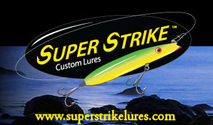

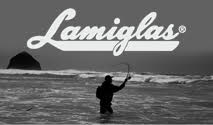

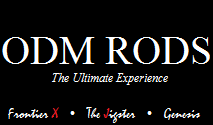
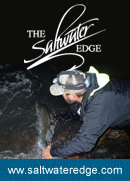

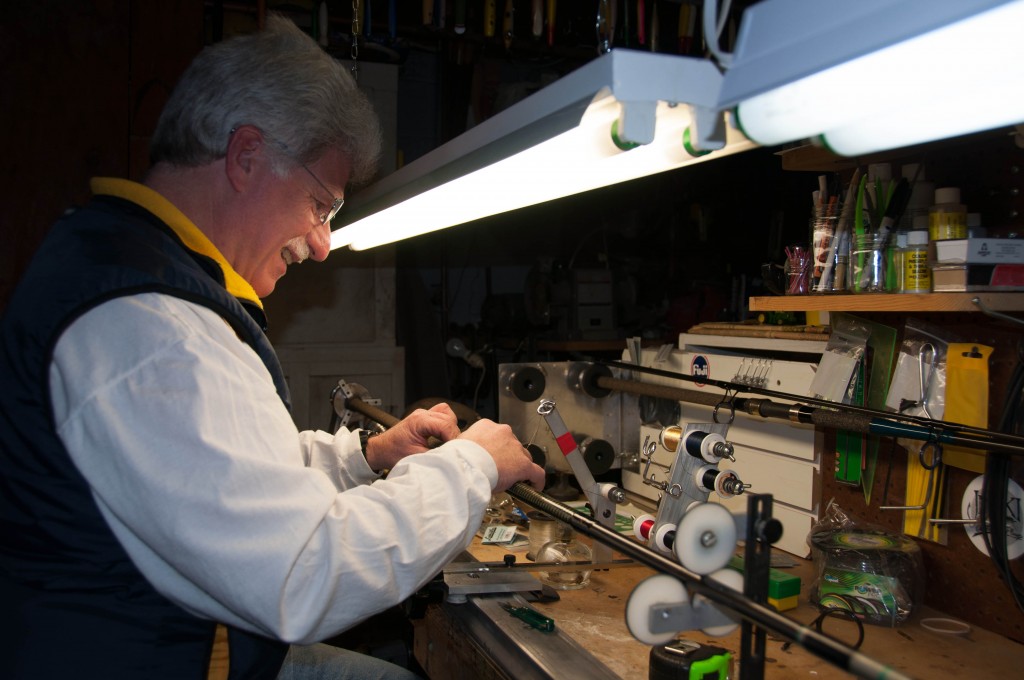
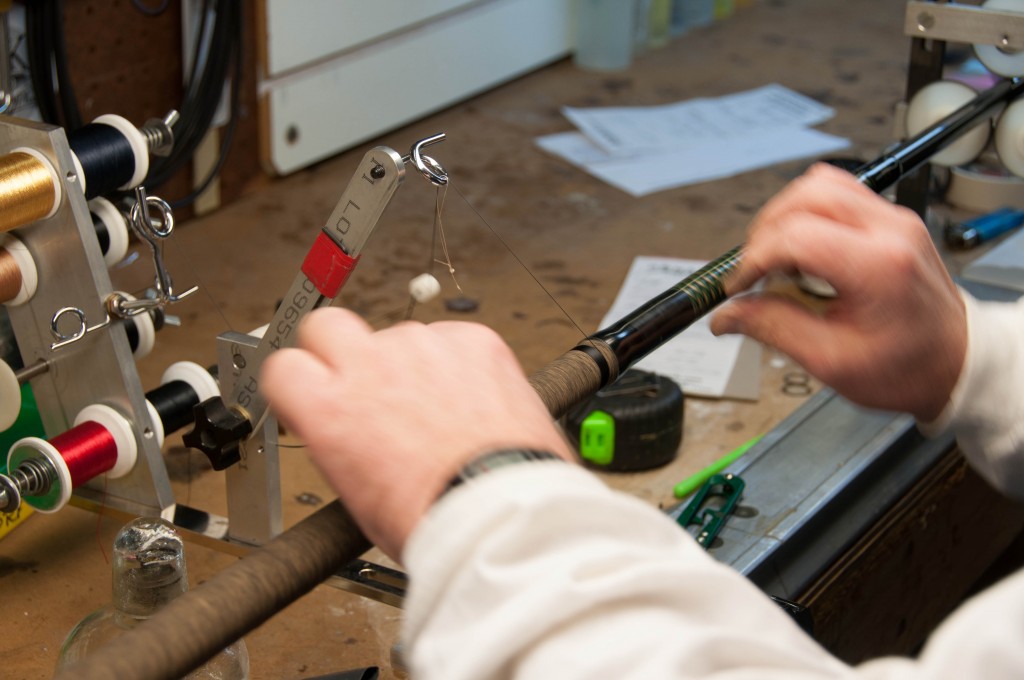


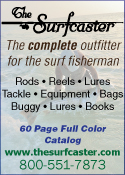

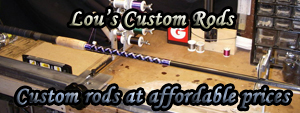
You know I see a lot of this with plug builders. Anyone who can paint starts building plugs, and within 6 months is a “master lure builder”, without any knowledge of how the plug will hold up, how to change the swim, and basically how to design a body to do what they intend it to do.Most top end builders test their plugs for at least 2 years, 2 spring runs and two fall runs, and have at least 6 different testers, guys who spend more time in the water than on hard ground. When you are paying $35 – $50 for a custom plug, you should get what you pay for, especially if you plan on fishing the plug and not hanging it on the wall.
↓Surfcasting rods are a lot more complicated than bottom fishing rods. The added dynamic of casting makes it so. Imo, the starting point for a rod that complements the angler is for the customer to have strong opinion of where he wants the reel placed on any given blank. A good rod builder can help one figure this out for both fish fighting and casting. Then the guide train can be built based on that.
↓I have built rods in the past, my first was an old Lamiglass honey following instructions I found in The Fisherman circa late sixties early seventies. I am a research / ask questions guy so when it came time to build an NGC 2 piece 2 seasons ago, I had Lou do it. So glad I did.
↓